Drinking water is scarce on the island of Gozo, part of the Maltese islands. There are no natural water reservoirs or rivers, especially on the small island, as the rare rainfall quickly seeps into the chalky soil. In 1888, Guzepp Rapa came across a stalactite cave while trying to dig a well behind his house. The cave was named Ninu’s Cave after the owner of the property at the time, Ninu Carmel. Today, Guzepp Rapa’s daughter and grandson give visitors access to this geological sensation beneath their home.
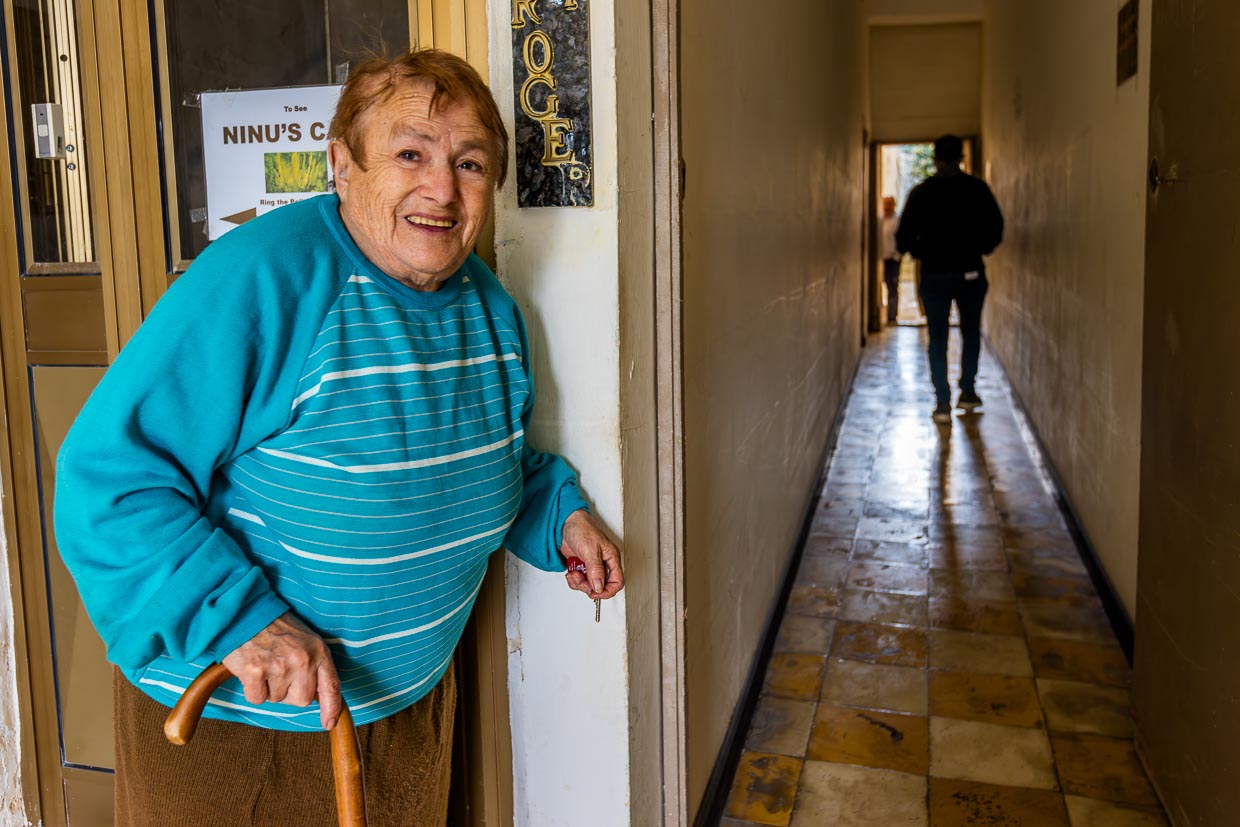
Joseph Bajada, a talented craftsman and grandson of the discoverer, has provided the lighting for the cave himself. He takes over the guided tours for a year before alternating with his neighbors. They made this arrangement because the 160 square meter cave is located four meters below both houses.
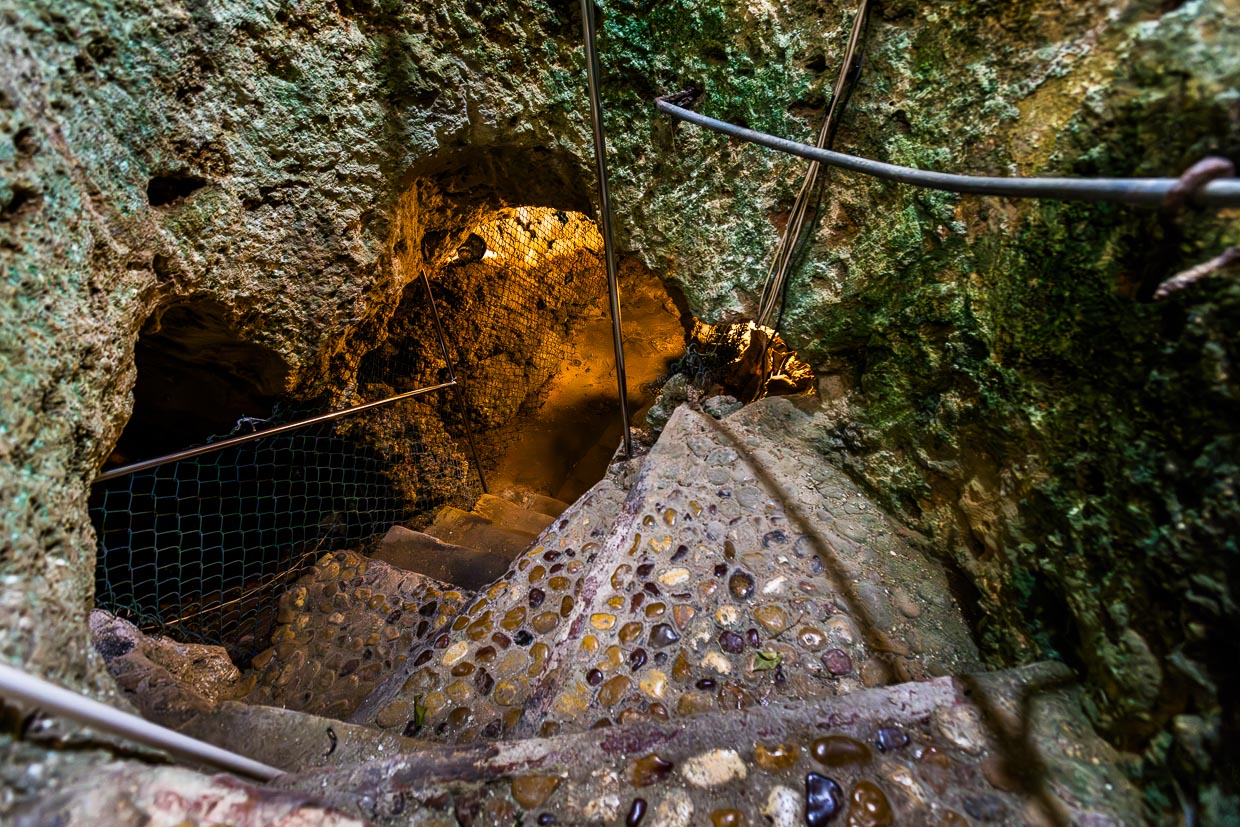
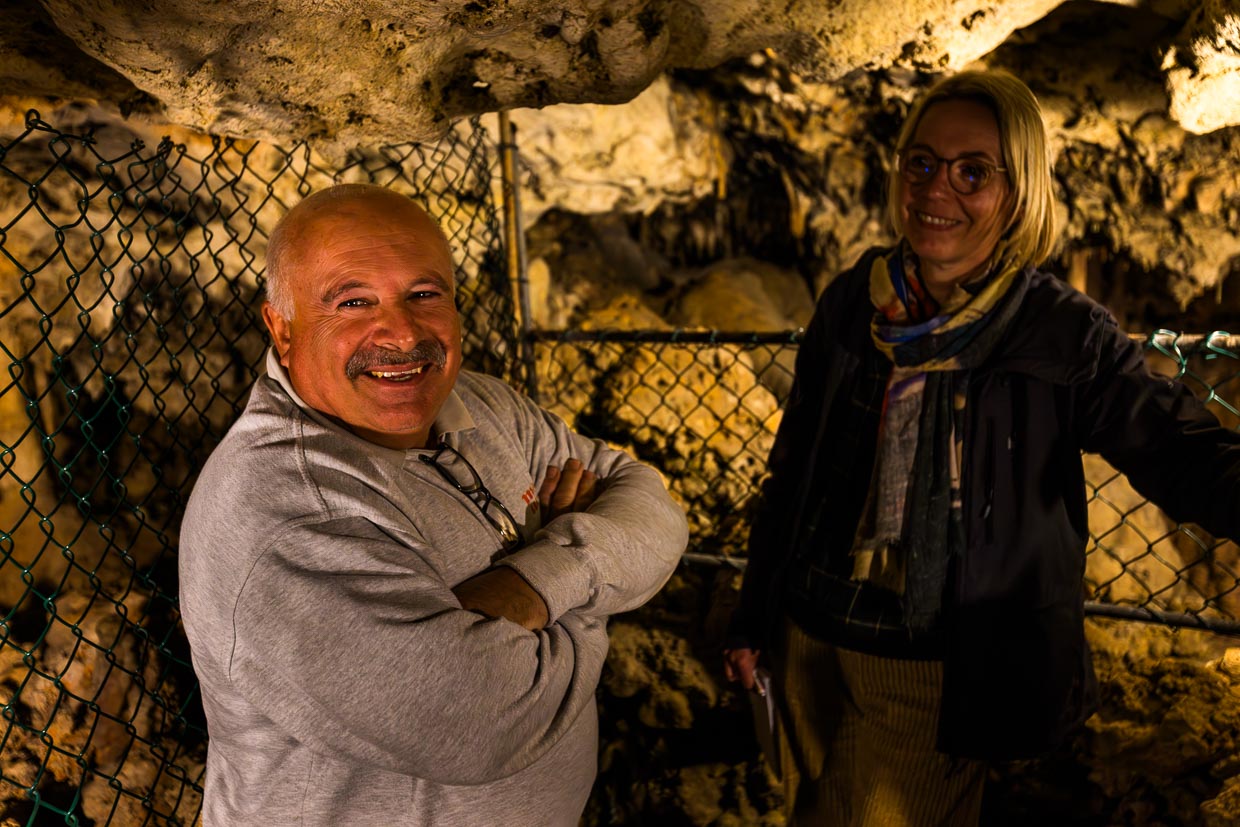
Thanks to the private commitment of the residents, the sensitive, millennia-old stalactites are well lit and protected from damage and vandalism. There is neither a ticket booth nor fixed opening hours. Interested visitors simply ring the doorbell, ask for access and donate a fee for the visit.
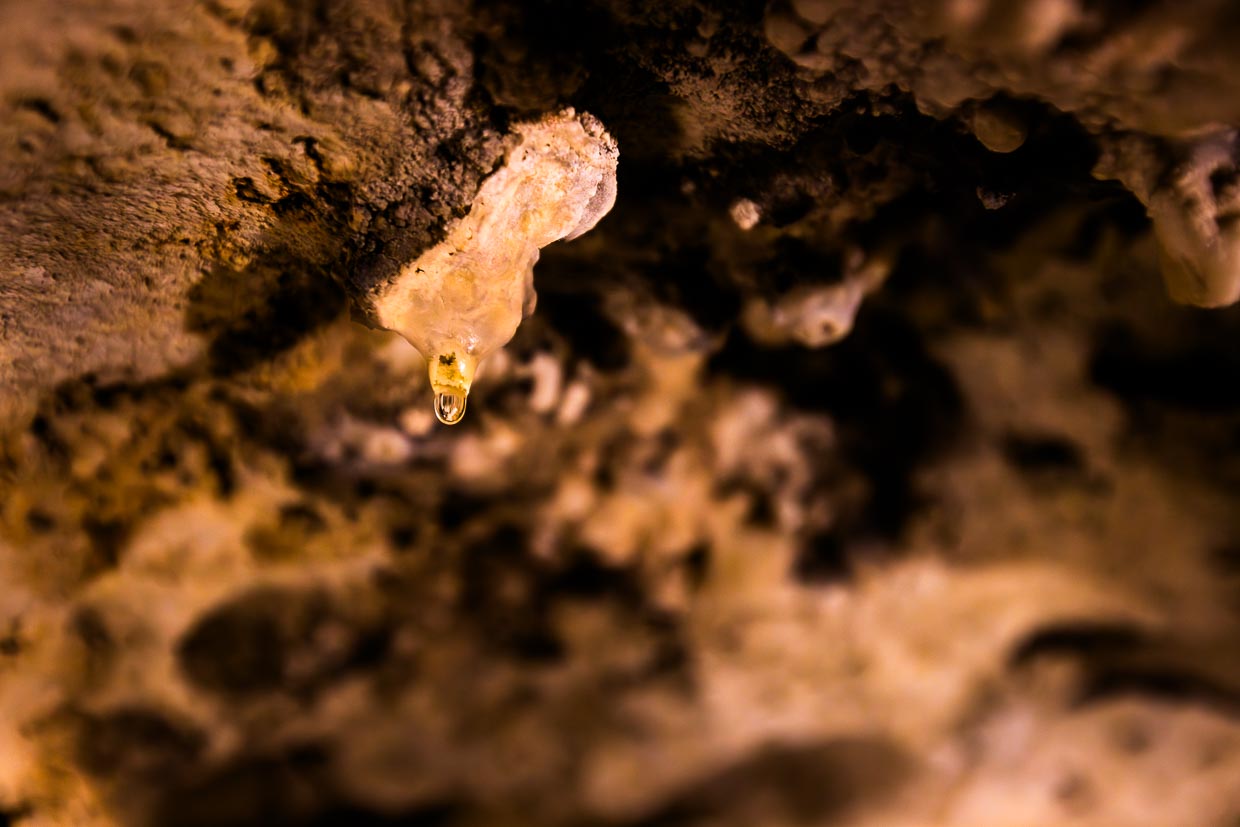
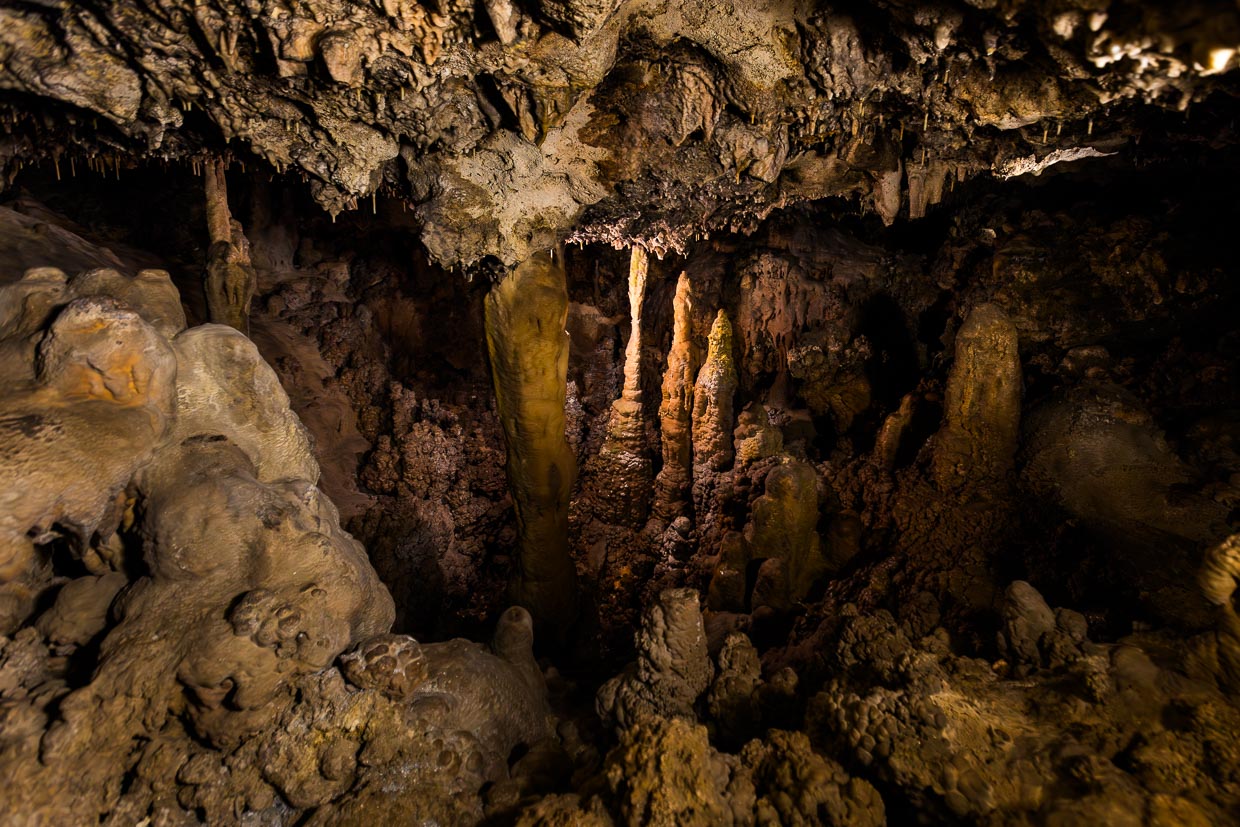
More Tellerrand stories about caves
Royston Cave remains one of Britain’s most mysterious places to this day
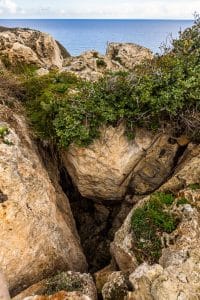
Ulysses on Gozo?
Another cave on Gozo, which is unfortunately no longer accessible today, is Calypso’s Grotto above Ramla Bay. According to legend, Calypso lived on the island of Ogygia, which many researchers equate with Gozo. She is said to have held the hero Odysseus captive in her cave for seven years and tried to seduce him. The actual cave on Gozo, known as Calypso’s Cave, is a large, hall-shaped cave about 50 meters long with four springs. Although the cave does not exactly match the description in the Odyssey, it is often identified as the place where the mythological story is said to have taken place / © Photo: Georg Berg
The research trip was supported by VisitMalta and VisitGozo

